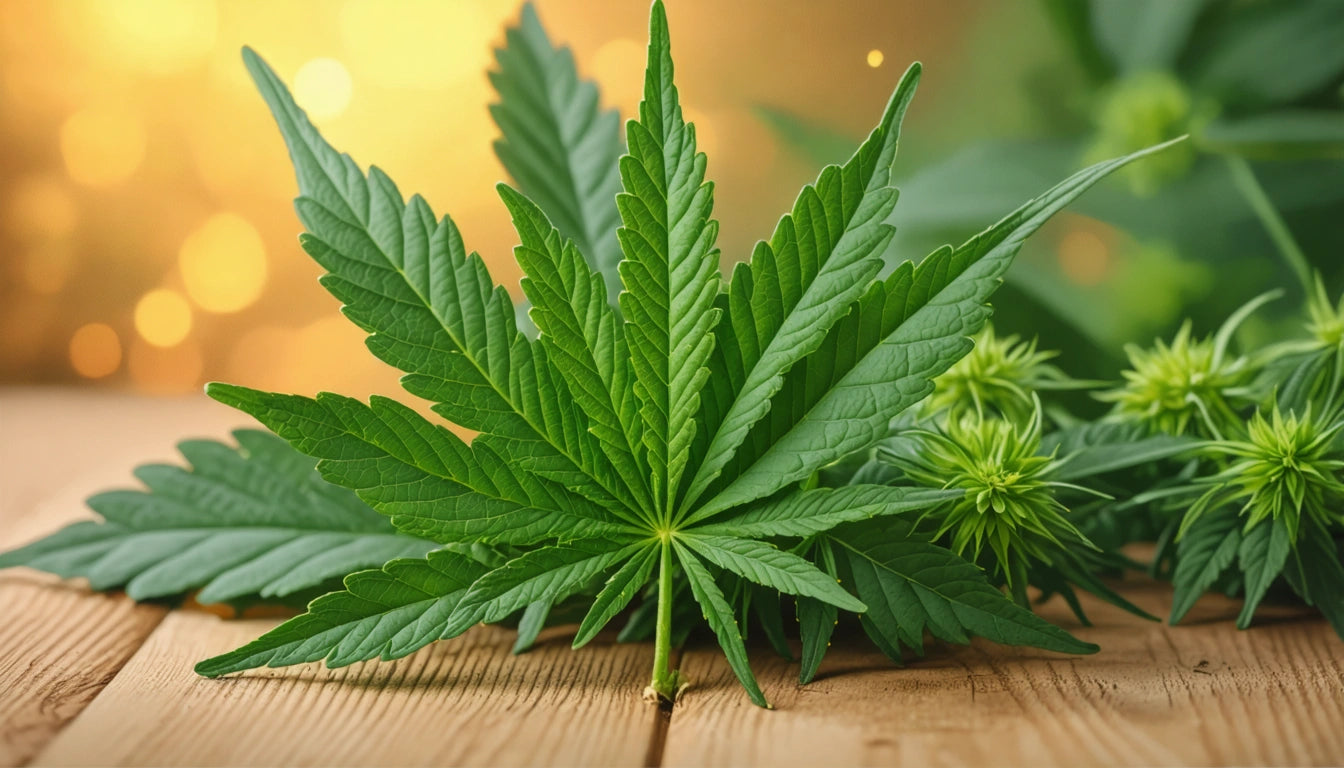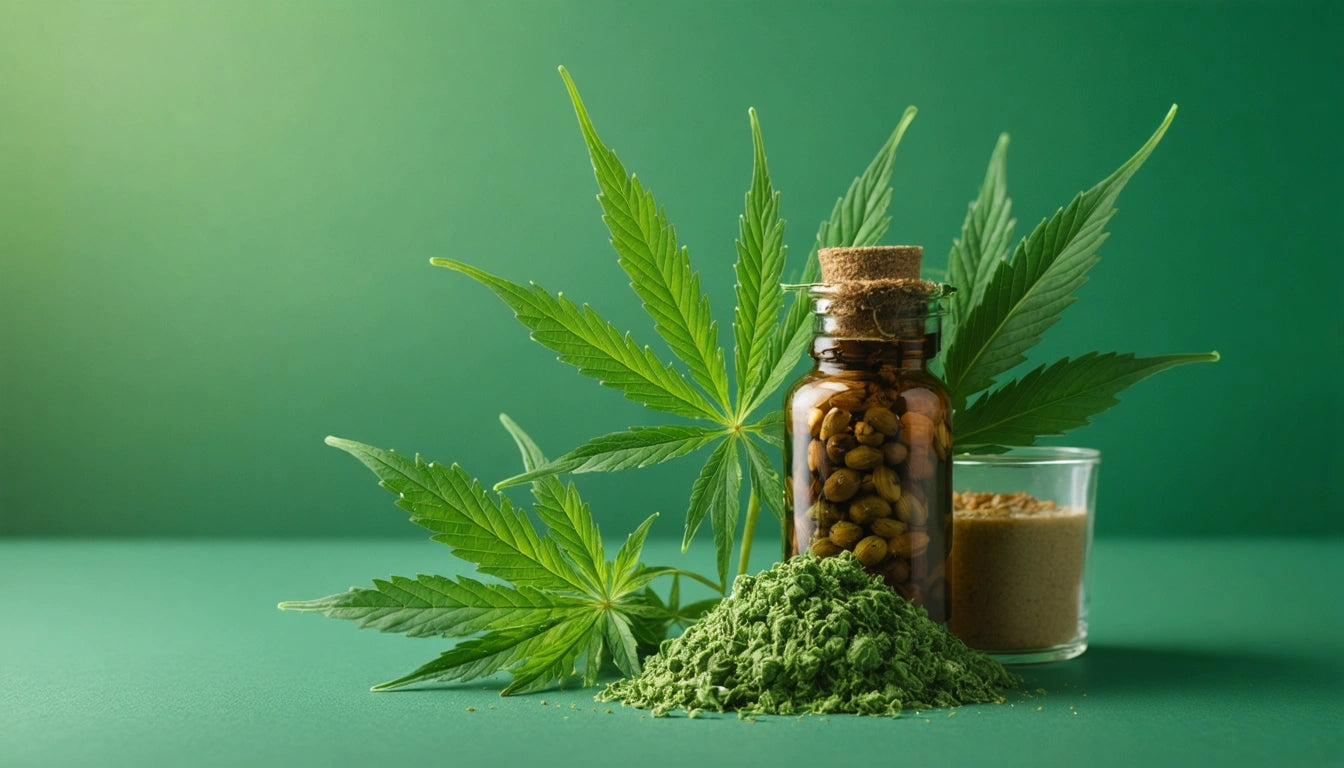Table of Contents
Understanding the Active Ingredients in Marijuana: Is Acetaminophen Present?
Cannabis contains numerous chemical compounds that contribute to its effects and medicinal properties. Understanding what the active ingredients in marijuana are helps consumers make informed decisions about consumption methods and potential benefits. This article explores the primary compounds in cannabis and addresses common questions about its composition, including whether weed contains acetaminophen.
Primary Active Ingredients in Marijuana
When discussing what the active ingredients in weed are, we must first acknowledge that cannabis contains over 500 chemical compounds. However, the primary psychoactive and therapeutic effects come from a specific class of compounds called cannabinoids.
The most well-known active ingredients in marijuana include:
- Delta-9-tetrahydrocannabinol (THC) - the main psychoactive compound
- Cannabidiol (CBD) - non-intoxicating with potential therapeutic benefits
- Cannabinol (CBN) - mildly psychoactive, often found in aged cannabis
- Cannabigerol (CBG) - non-psychoactive with potential medicinal properties
- Cannabichromene (CBC) - non-psychoactive with potential anti-inflammatory properties
According to research on marijuana's chemical composition, these compounds interact with the body's endocannabinoid system to produce various effects.
Cannabinoids Explained: The Main Components
THC and CBD are the most abundant and studied cannabinoids in marijuana. THC is primarily responsible for the psychoactive effects or "high" associated with cannabis use. It binds directly to cannabinoid receptors in the brain, affecting perception, mood, and consciousness.
CBD, on the other hand, does not produce intoxicating effects. It has gained popularity for its potential therapeutic applications, including reducing inflammation, anxiety, and seizures. Understanding how these compounds affect the body provides insight into marijuana's diverse effects.
Terpenes and Flavonoids: Beyond Cannabinoids
While cannabinoids receive much attention when discussing what the active ingredients in marijuana are, terpenes and flavonoids also play significant roles in the plant's effects and characteristics.
Terpenes are aromatic compounds responsible for the distinctive smells of different cannabis strains. They may also contribute to the entourage effect, where multiple cannabis compounds work together to enhance or modify each other's effects. Common terpenes include myrcene, limonene, and pinene.
Flavonoids contribute to the plant's color, flavor, and potential health benefits. These compounds have antioxidant properties and may offer additional therapeutic effects when consumed alongside cannabinoids.
Does Marijuana Contain Acetaminophen?
A common question is whether weed contains acetaminophen. The simple answer is no, marijuana does not have acetaminophen. Acetaminophen (also known as paracetamol) is a synthetic pharmaceutical compound used in over-the-counter pain relievers like Tylenol. It is not naturally occurring in the cannabis plant.
The confusion may arise because both cannabis and acetaminophen can be used for pain management, albeit through entirely different mechanisms. While acetaminophen works by inhibiting prostaglandin production in the central nervous system, cannabis compounds like THC and CBD interact with the endocannabinoid system to potentially reduce pain and inflammation.
For those concerned about preserving the natural active ingredients in their cannabis, proper storage is essential. Many enthusiasts use humidity control packs to maintain optimal moisture levels in their stored flower, which helps preserve potency and prevent degradation of cannabinoids and terpenes.
Comparing Effects: Cannabis Compounds vs. Pharmaceutical Ingredients
Understanding the difference between what is the active ingredient in weed versus pharmaceutical pain relievers helps clarify their distinct properties and applications.
Cannabis compounds work through the endocannabinoid system, which has receptors throughout the body. This widespread system explains why cannabis can affect multiple bodily functions simultaneously, from pain perception to mood and appetite.
In contrast, acetaminophen targets specific pathways related to pain and fever. It does not affect mood, consciousness, or appetite in the way cannabis compounds might. Additionally, marijuana's effects on the body and mind can vary significantly based on the strain, consumption method, and individual factors.
The different active ingredients also explain why cannabis products come in various forms, from flower to concentrates with higher potencies. Each product type offers different ratios and concentrations of active compounds.
Preserving Active Ingredients: Storage and Handling
The potency of marijuana's active ingredients can degrade over time due to exposure to light, air, heat, and humidity. Proper storage is crucial for maintaining the chemical integrity of cannabis products.
THC can degrade into CBN when exposed to oxygen and heat, changing the effects of the product. Similarly, terpenes are volatile compounds that evaporate easily, altering the flavor and potential therapeutic profile of the cannabis.
To preserve these active ingredients, consumers should store cannabis in airtight containers away from direct light and heat. Maintaining proper humidity levels is also essential, as too much moisture can lead to mold growth while too little can dry out the material and accelerate terpene loss.
Understanding what the active ingredients in marijuana are and how to preserve them helps consumers maximize the benefits of their products. Whether using cannabis for recreational or medicinal purposes, knowledge about its chemical composition enables more informed consumption decisions.











Leave a comment
All comments are moderated before being published.
This site is protected by hCaptcha and the hCaptcha Privacy Policy and Terms of Service apply.